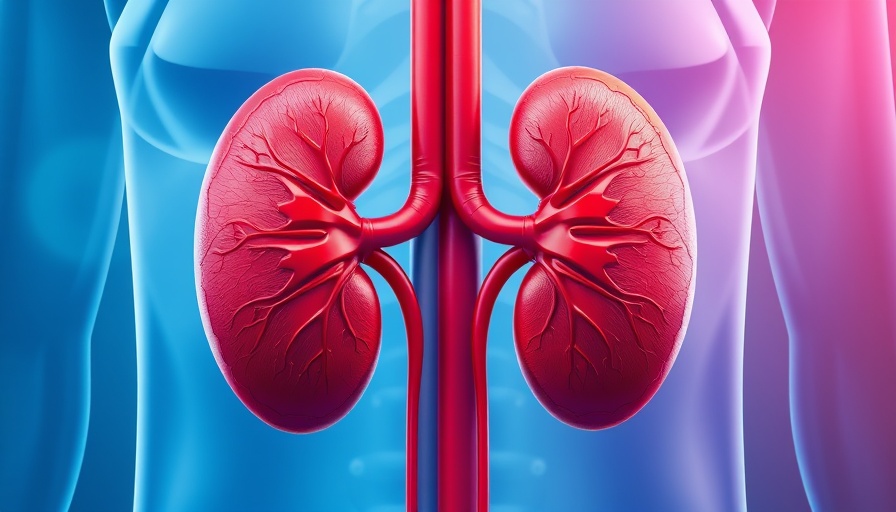
Revolutionizing Early Detection of Kidney Damage
In the world of medical research, the search for innovative technologies to combat contrast-induced nephropathy (CIN) is paramount. A recent experimental study revealed a dual imaging approach that significantly enhances the early detection of CIN in animal models. This breakthrough could pave the path for better clinical practices and ultimately, for the well-being of patients undergoing imaging procedures that involve contrast agents.
The Dual Imaging Approach Explained
The dual imaging technique combines two distinct imaging modalities, allowing for a more comprehensive view of kidney function and detecting potential damage at earlier stages. This process utilizes advanced imaging technologies, which are not only effective for laboratory settings but hold promise for real-world applications in telemedicine. The ability to identify kidney issues promptly can transform patient care, especially for those at risk of developing complications from contrast agents.
Understanding Contrast-Induced Nephropathy
Contrast-induced nephropathy is a condition that can occur after the administration of contrast agents in imaging tests. Unfortunately, current detection methods often do not capture early signs of kidney damage. This delay can lead to severe health consequences, including chronic kidney disease or even the need for dialysis. The dual imaging method aims to address this critical gap in medical diagnostics.
The Potential Impact on Telemedicine
As telemedicine grows in significance, particularly in the context of patient safety and convenience, the findings from this study could greatly enhance remote diagnostics. Telemedicine provides a platform for health professionals to monitor patients' conditions from afar, potentially incorporating this advanced imaging technology into their assessments. This would not only support timely interventions but also provide peace of mind to patients, knowing they are being monitored effectively.
Community Insights and Patient Experiences
Understanding CIN and the implications of the dual imaging technique is essential for community health. For families who may have previously faced challenges with existing detection methods, this news offers a glimmer of hope. As healthcare continues to evolve, sharing these advancements within local communities can empower individuals to seek better care and advocate for their health needs.
Conclusion: A Path Toward Better Patient Outcomes
The strain of contrast-induced nephropathy can weigh heavily on both patients and healthcare providers. However, with innovative techniques like the dual imaging approach, the future is promising. As this research makes its way into clinical settings, it’s vital that communities stay informed and engaged. Knowledge is power, especially when it comes to healthcare decisions.
 Add Row
Add Row  Add
Add 




Write A Comment